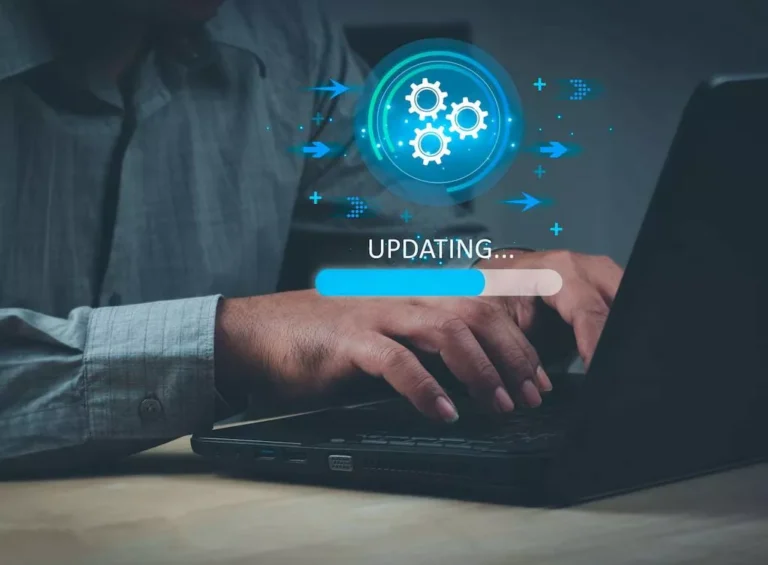At a fundamental level, cloud computing and fog computing are similar in that they both involve the remote use of computing power and resources. However, in phrases of capacity, there are some important differences between the 2 approaches. In general, cloud computing is healthier suited to duties that require giant quantities of processing power, corresponding to big information analytics and complicated modeling.
In cloud computing systems, latency is usually high as a outcome of centralized nature of the platform. Regardless Of this, cloud computing provides scalability and adaptability that can be cost-effective for companies with fluctuating calls for. Cloud, fog, and edge computing are designed to be inherently scalable, accommodating the fluctuating calls for https://www.globalcloudteam.com/ of recent computing tasks. This scalability ensures that as the demand for knowledge processing grows, whether or not it’s for consumer applications or industrial IoT deployments, these applied sciences can adjust their assets accordingly. This adaptability is crucial for maintaining efficient operations and supporting progress with out requiring important overhauls of current infrastructure. Edge computing, a distributed computing mannequin, processes information and functions at the edge of the community, close to the info source.

The Internet of Issues is a constantly growing business that requires extra efficient methods to handle information transmission and processing. Connecting your organization to the cloud, you get access to the above-mentioned companies from any location and through totally different units. Furthermore, there is not a need to hold up local servers and worry about downtimes — the seller helps everything for you, saving you cash. So, edge and fog computing are best suited for use cases the place the IoT sensors may not have one of the best internet speed.

Predictive Upkeep uses a mix of sensors and knowledge analysis to detect issues in machinery or different tools before they turn out to be main problems. The end end result should be that your business has a fog computing system that is secure, reliable, and delivers features that result in a constructive ROI. Naming conventions for know-how typically are the outcomes of being “Overly intelligent,” and whereas their preliminary intention might have been pure, they typically wind up complicated the problem somewhat than illuminating it.
Among the main differences between these two forms of computing is their working environments. Cloud computing tends to work greatest in massive, centralized information centers or servers where services are delivered nearly without any bodily interplay. In distinction, while fog computing can be distributed geographically, it is generally more localized than cloud computing and should only occupy a single geographic location. This design permits for larger location consciousness with fog computing, as the information being processed by every particular person node of the system is instantly relevant to its bodily setting. In this application, edge knowledge facilities, like their larger cousins, will provide the underlying platform to agnostically help fog community operations be they from Cisco, EMC, VMware or Intel.

In quick, the method can be sophisticated to scale, particularly during the business growth section. Cloud computing addresses these challenges by offering computing assets as scalable, on-demand providers. Fog computing allows the efficiency of essential real-time operations on the community edge whereas offloading non-time-sensitive jobs to the cloud. Fog computing has a number of distinctive fog computing vs cloud computing traits that make it a gorgeous choice for organizations trying to course of knowledge in actual time.
Edge computing operates by processing data near the supply of data generation, effectively at the “edge” of the network. This technique contrasts with cloud computing’s centralized data processing and fog computing’s intermediate processing points. By doing so, edge computing significantly reduces latency by minimizing the gap information should travel for processing, resulting in near-real-time information evaluation and response. It is particularly advantageous for applications requiring fast decision-making, corresponding to autonomous vehicles and industrial automation. Overall, in comparison with cloud and fog computing, edge computing offers the lowest latency by processing data directly on devices or nearby.
- It has many potential applications, from industrial and manufacturing settings to hospitals and other healthcare services.
- Among the major differences between these two types of computing is their working environments.
- Total, fog computing and cloud computing similarities prevail from a high-level perspective, their individual strengths make them suitable for various purposes inside the realm of modern expertise.
- Edge supporters see a structure that has fewer potential points of failure since each system operates autonomously to discover out which knowledge is processed and stored locally or forwarded to the cloud for more in-depth evaluation.
- The means firms and folks manage their digital operations has been revolutionized by these inventive methods.
Variations Between Fog Computing And Cloud Computing
Cloud computing depends heavily on centralized networking and communication, using giant information centers to attach users to information and functions. In contrast, fog computing operates by way of a more distributed community, with particular person gadgets serving as points of contact between customers and information sources. This permits for sooner communication speeds and extra environment friendly useful resource allocation, making fog computing a beautiful alternative for a lot of fashionable purposes.
Cloud computing service firms may gain huge economies of scale by offering the same services to a extensive range of consumers. Users entry these assets via the web, sometimes utilizing virtualized environments. It decentralizes knowledge processing by bringing computing assets nearer to the network edge. This distributed mannequin permits for sooner knowledge evaluation, decreased bandwidth utilization, and enhanced privacy. One of the main benefits is decreased latency by processing information nearer to the supply.
Difference Between Edge Computing And Fog Computing
Fog lovers (Foggers? Fogheads?) believe that the structure is extra scalable and supplies a extra comprehensive view of the community and all of its data assortment points. Fog also can include cloudlets — small-scale and somewhat highly effective information centers located at the fringe of the community. Their purpose is to assist resource-intensive IoT apps that require low latency. By 2020, there might be 30 billion IoT gadgets Digital Twin Technology worldwide, and in 2025, the number will exceed seventy five billion linked things, according to Statista. All these gadgets will produce big amounts of data that must be processed shortly and in a sustainable method.
What’s The Distinction Between Cloud Computing And Fog Computing?
It allows data, functions and different providers to be hosted nearer to finish customers, gadgets, and sensors. The primary objective of fog computing is to improve efficiency by decreasing the amount of knowledge that must be transferred to the cloud for processing or storage. Edge computing and fog computing are two complementary computing fashions that are designed to deal with the challenges of processing and analyzing data in actual time.